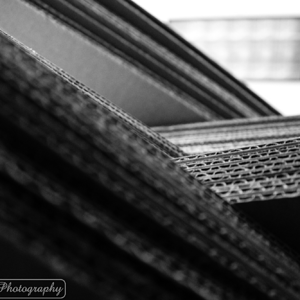Designer
Been spending a lot of time on here!
- Joined
- Apr 13, 2012
- Messages
- 18,505
- Reaction score
- 4,853
- Location
- Iowa
- Can others edit my Photos
- Photos OK to edit
You can exhibit a photograph in sepia mid tones for all I care, as long as the medium is not the issue, but rather the subject.
If the OP in this thread wishes to make his post-capture editing the main point of discussion instead of something else, then so be it.
If the OP in this thread wishes to make his post-capture editing the main point of discussion instead of something else, then so be it.

















